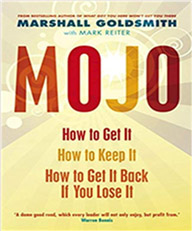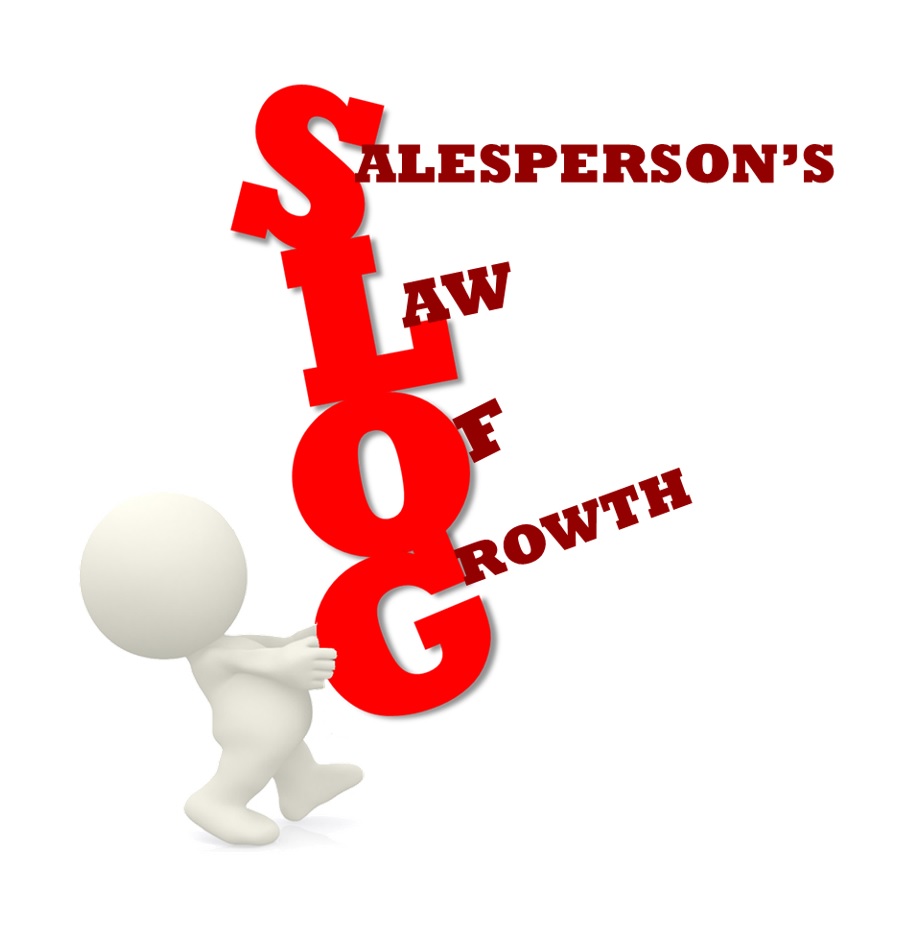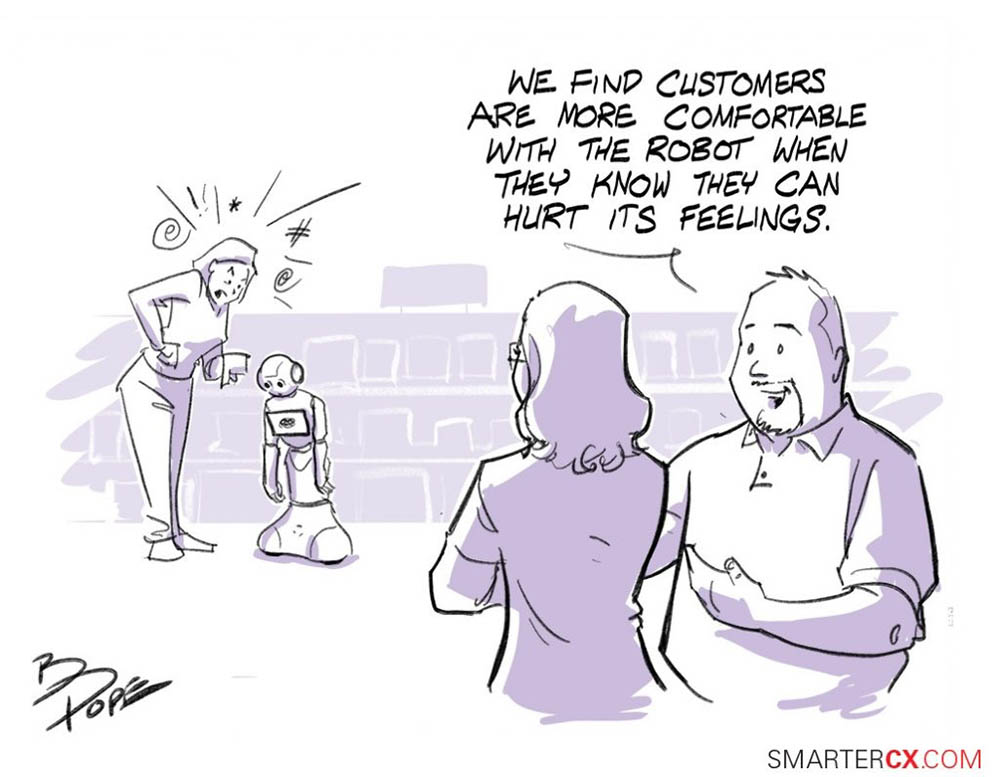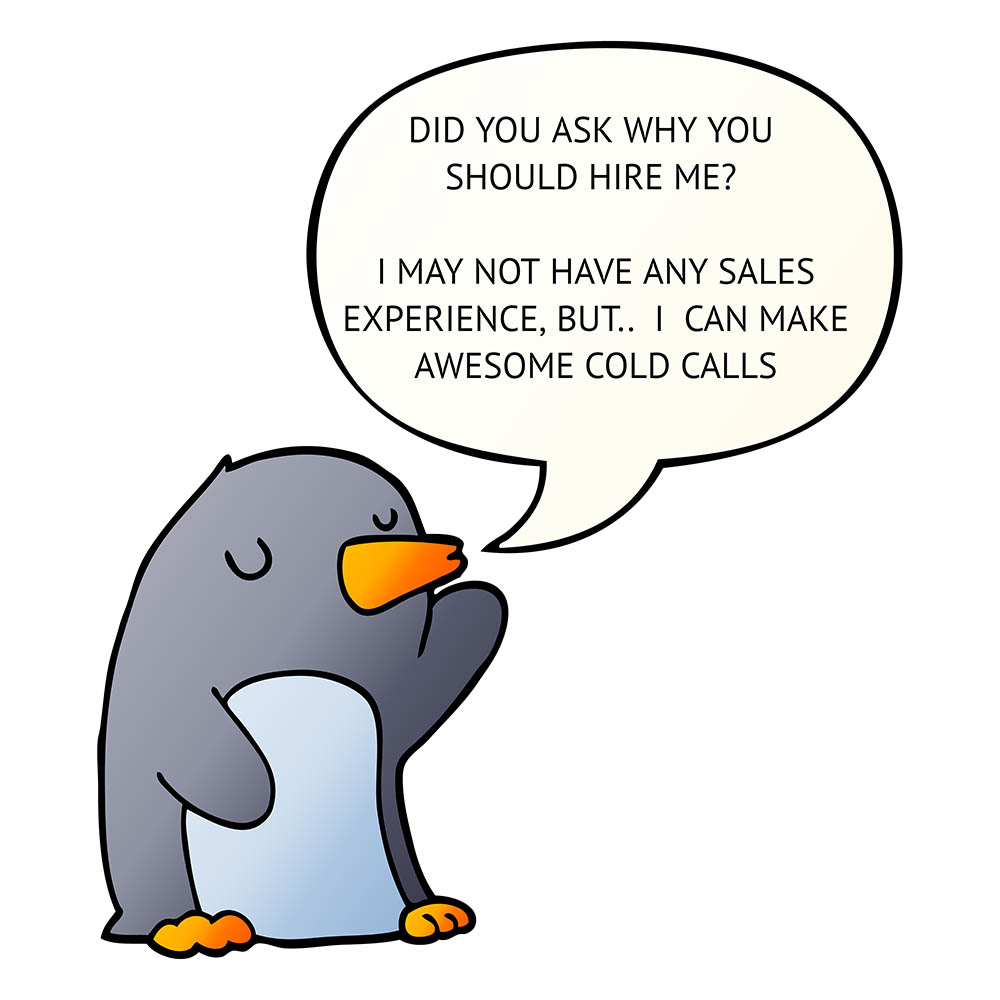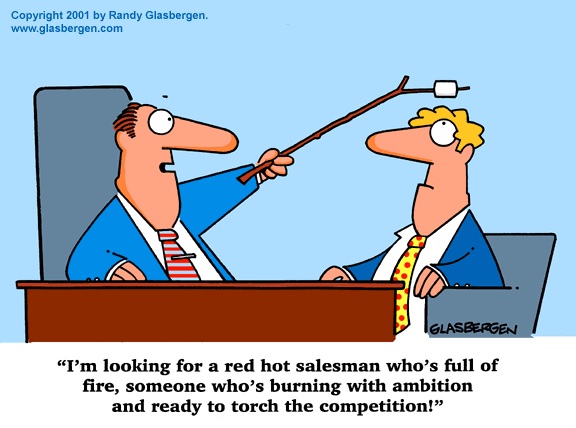Lipstick effect
There is a slowdown buzz around us, in India. Falling sales in sectors such as automobile and real estate are making headlines virtually every day. Consumer goods companies are reporting slower growth. In the latest quarter, non-oil, non-gold imports are down — indicating that Indians are buying less of imported goods too.
On the other hand, the movie business is doing very well, with the latest Akshay Kumar release, Mission Mangal, having struck gold at the box office. And restaurants in Mumbai, where I live, have been running to their usual packed capacity. No slowdown visible in these quarters, for sure. So, are we seeing schizophrenic consumer behaviour in these challenging times?
Perhaps the answer to this question lies in the Great Depression of the 1930s, which is the most severe economic downturn we have witnessed in the past century. It started in 1929 and lasted until the late 1930s, nearly an entire decade. While stock markets collapsed, and consumer demand for most products plunged, marketers and economists stumbled across one interesting observation — demand for lipstick went up significantly. So, why were women scrambling to buy lipstick during a downturn?
Small joys, big appeal
The reason, it turned out, lay in a simple insight into consumer behaviour. When people do not have enough money to spend on big-ticket items, such as cars or houses, they will still find the cash for small luxury items, which help them feel good in relatively miserable times. Cash-strapped customers want to treat themselves to the small joys of life, such as lipstick, which make them feel and look good — because these small luxuries, which they can afford, help them forget their larger financial woes.
For the same reason, small indulgences will continue to do well during the current slowdown.
Moving away from lipsticks and movies, yet another space where Indian consumers are unlikely to cut back on spending during a downturn is our big, fat weddings and the equally huge festive seasons of Dussehra and Diwali.
Day to day products and the constant quest for higher value
While the above observations pertain primarily to discretionary and infrequent purchases such as consumer durables and jewellery, a different sort of behaviour is likely to manifest itself during slowdowns, in day-to-day products such as toothpaste, soap and tea. Here, the consumer will not stop using these essential products. However, her monthly budget will be pinched by lower salary increases, or reduced business earnings, or even job losses, which are likely to be stark realities during a slowdown.
As a combined result of all these factors, we should expect financially stressed consumers to consciously seek higher value in their daily purchases.
All these aspects of consumer behaviour highlight an imperative for marketers during these slowdown times. They should focus on seeking out pockets of opportunity and growth for their respective products or services, based on sharp insights into consumer behaviour that are most relevant to their industry sectors. In other words, search for the lipstick effects in your respective categories. That’s where you are likely to strike gold.
The logic is no different in the B2B space. Read the full story of the Lipstick Effect here


